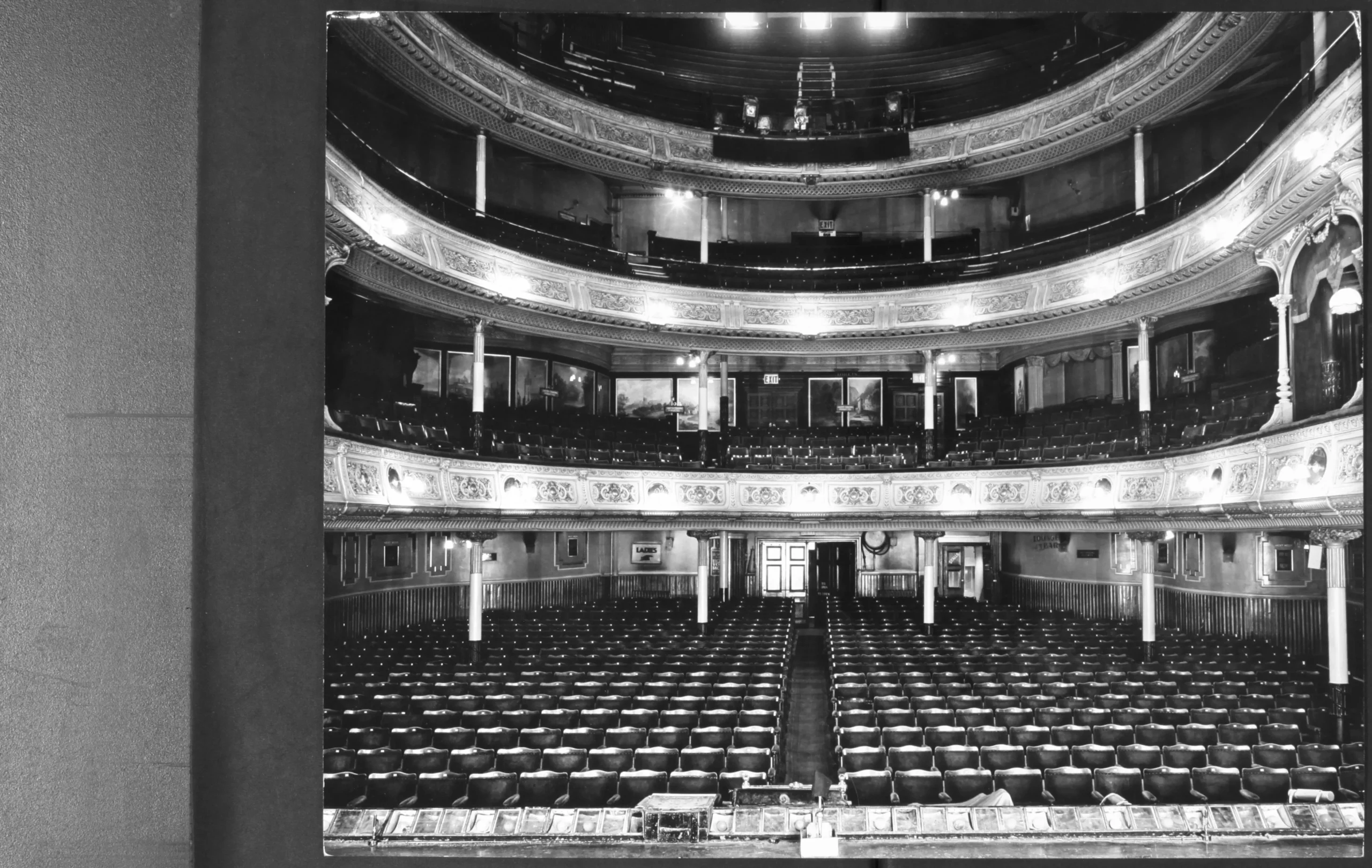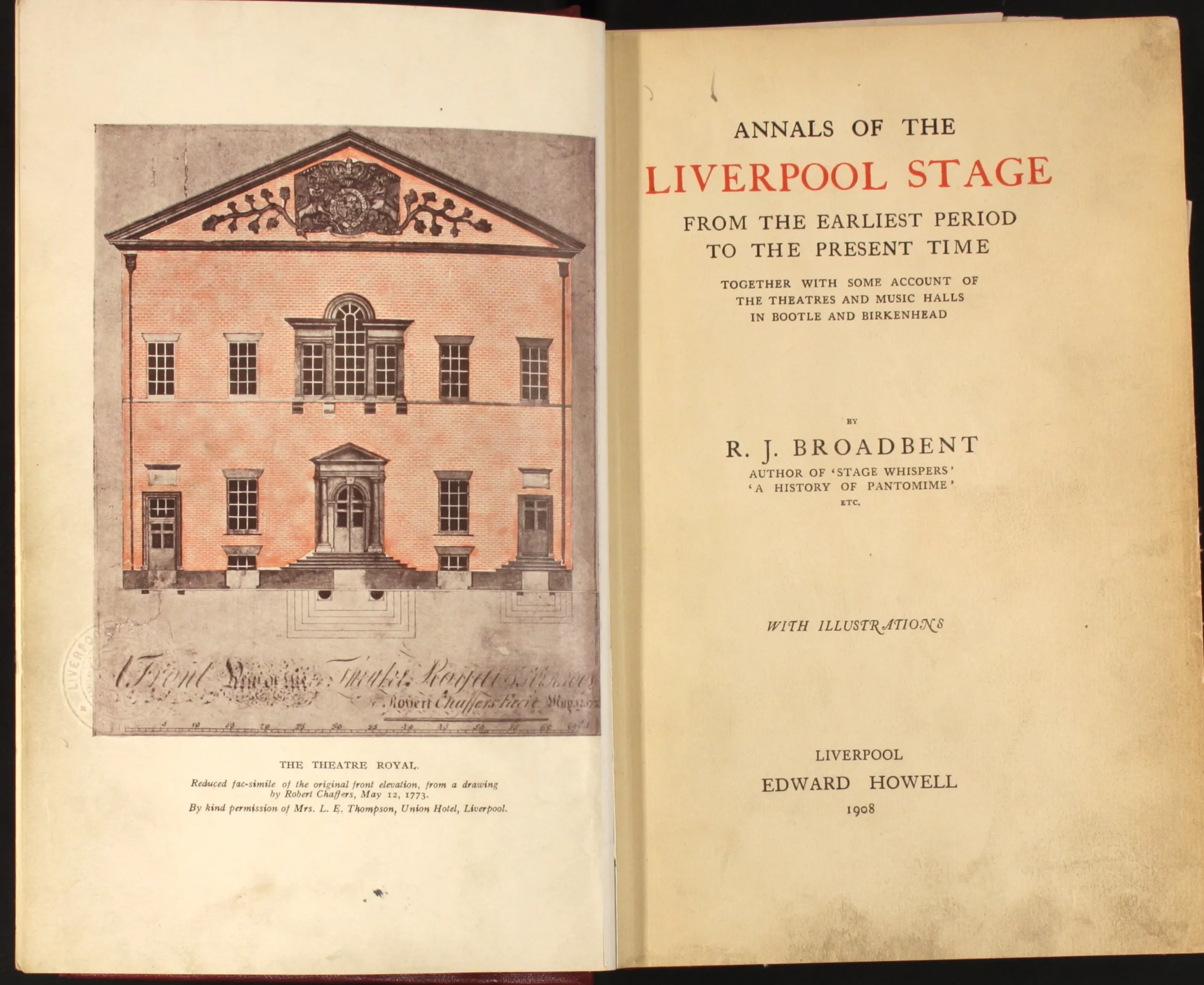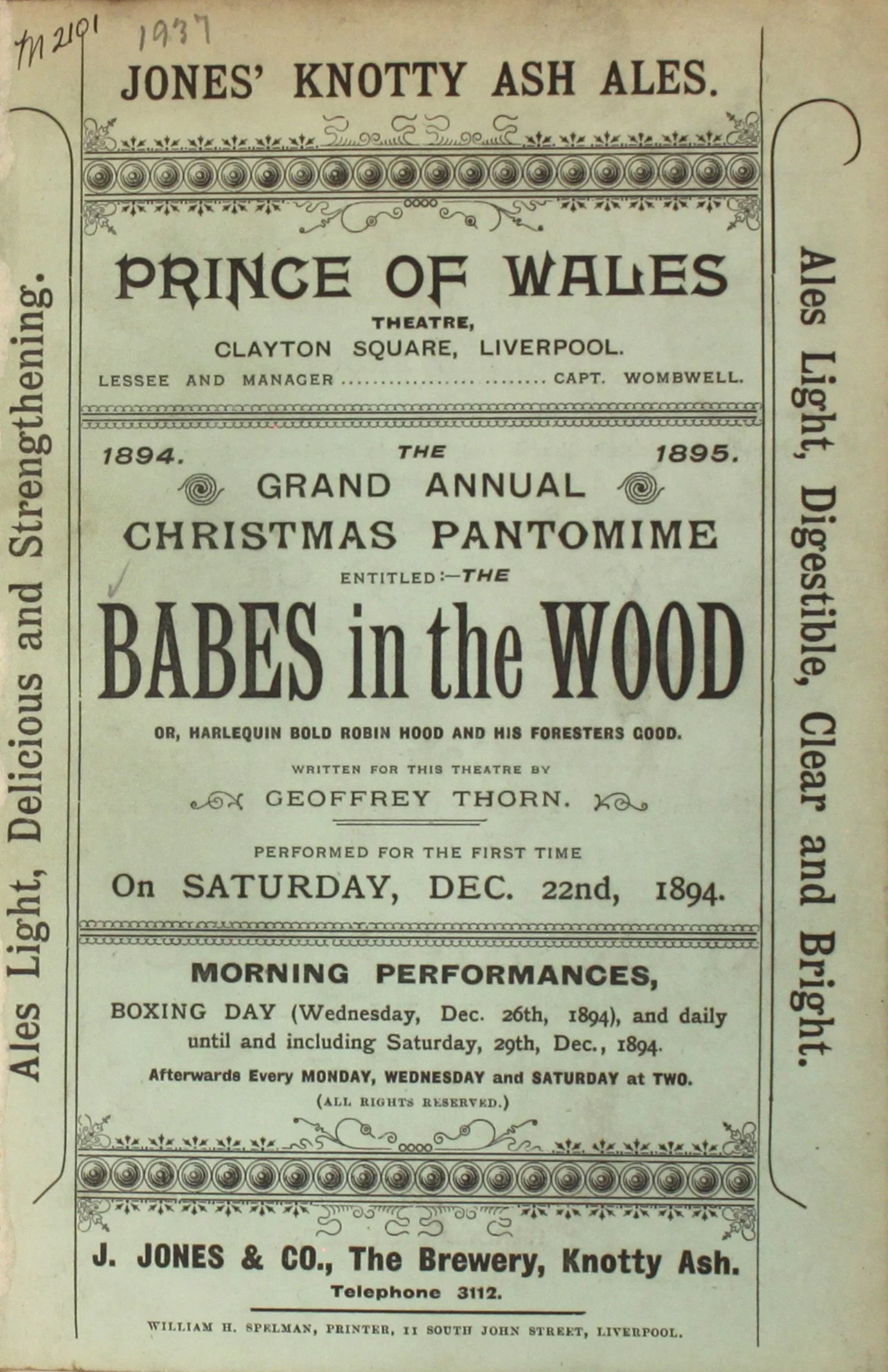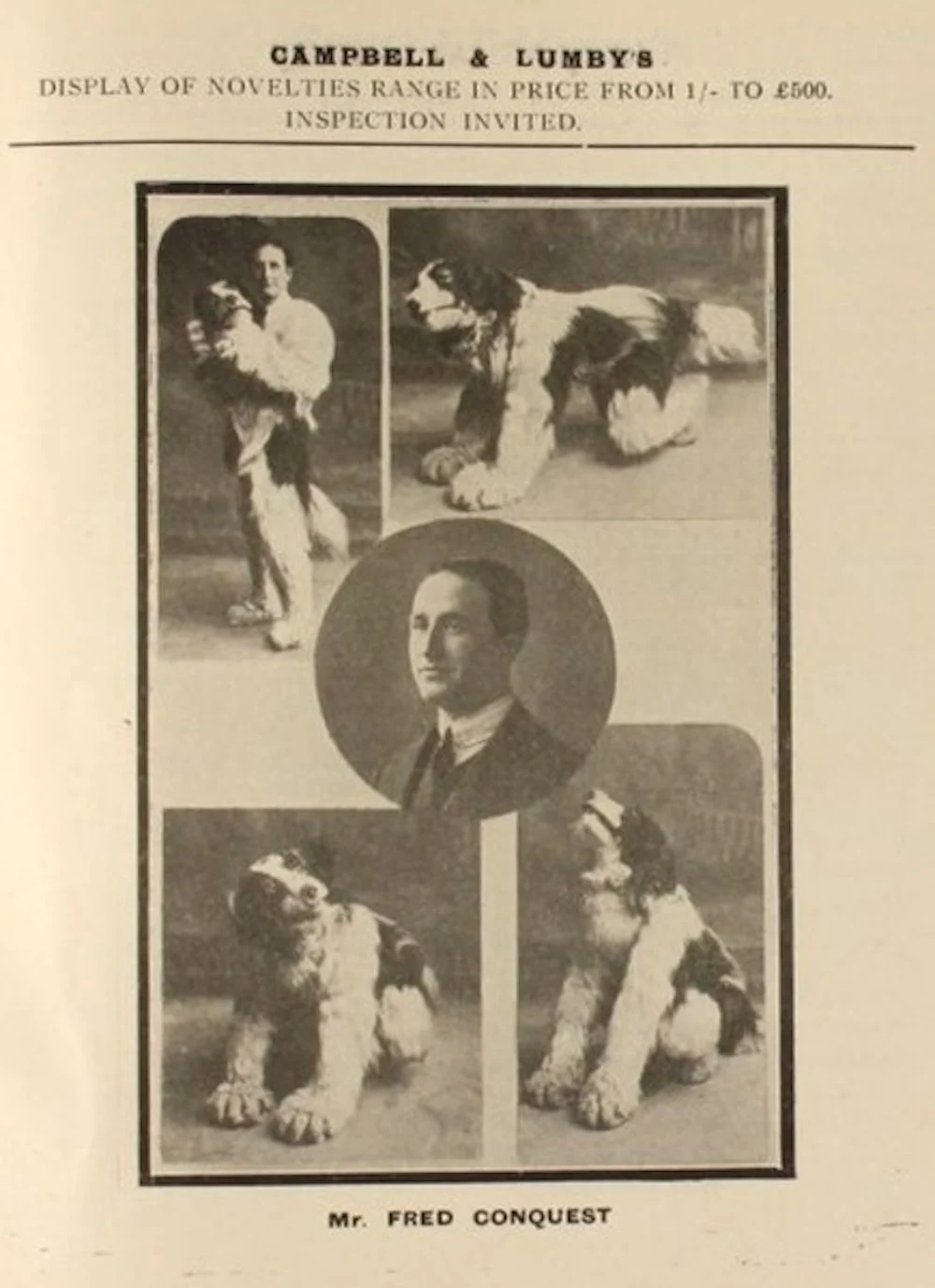By John Maguire

We are excited to announce the launch of a new series of features in collaboration with John Maguire of ArtsGroupie CIC, titled ‘Buried Treasure’. John will be delving into Liverpool’s rich and fascinating history, uncovering hidden gems and forgotten stories. In this first feature, he explores the city’s theatrical roots, from the once-majestic Theatre Royal to quirky pantomime traditions.
The phrase “All the world’s a stage” opens a monologue from William Shakespeare’s comedy As You Like It and in Liverpool you are never far from story tellers, performers, raconteurs, and drama queens.
Theatre and drama are in the very DNA of our wonderful city. Did you know that on the site of the Liverpool Football Club shop in Williamson Square, there once stood a majestic theatre? The Theatre Royal opened 5th June 1772 and was the first theatre in Liverpool to be granted a Royal Letters Patent (by George III). The patent was required for a theatre to legally perform spoken drama, making The Theatre Royal, Liverpool’s first official and legal theatre.
Throughout the rest of the 18th century, drunk and disorderly behaviour as well as poor management lead to the theatre’s decline, not helped by the French invading Wales in 1797 which caused panic in Liverpool, or by The American Revolutionary War. The theatre was demolished in 1802 and replaced by a more lavish one, The New Theatre Royal.

This building endured crises brought on first by the Napoleonic Wars (1803-1815). It was a period of peace that brought the theatre down. During decades without war, new rival theatres were able to open, which were more comfortable and better lit. The building closed as a theatre in 1884, though it managed to survive until 1970 when it was demolished in an act of heritage vandalism.
The very streets of Liverpool are stages in their own right, particularly at this time of year, as winter smothers, the city becomes exuberant to combat the darkness and cold.
So with Pantomime season looming, lets take a peep back at some seasonal standouts in Liverpool’s Rich Theatre History.
Though the pantomime can be traced to Ancient Rome, the English variant is strongly influenced by Italian Commedia dell’arte, from which the Harlequin stems. This comedian, and romantic lead was a staple of English Pantomime (The Harlequinade) until the 1930s. As seen below in Babes in the Wood from 1894 at The Prince of Wales Theatre, Clayton Square (sadly no longer standing).

Many pantomimes had not just one title on the poster, but several. This is indicative of cultural, and marketing practices of the time. Secondary titles acted like film or book taglines do today giving away plotlines, and promising excitement to attract audiences. Adaptations of the same work were also common, so alternative titles helped distinguish their version.
We always associate a Pantomime horse with the annual festive theatre tradition. But looking back at a programme from the lost Shakespeare Theatre, we see this life-like hound.

Fred Conquest, worked full time as an animal actor. In this promotional photograph he appears as Mother Hubbard’s dog, but equally he was at home as a goose, cat or in ‘a skin’ as a one-person donkey or cow.
Don’t miss ArtsGroupie’s free Theatre History Exhibition, ‘Lights Up on Liverpool.’ A large archive collection from Liverpool’s 300-year theatre history on public display for the first time at the Hornby Rooms, Central Library, presented by ArtGroupie CIC in collaboration with Liverpool Central Library and Archives. There are many interesting facts, theatre posters, programmes and more to discover.
The exhibition runs 8 November – February 2025. More info can be found at artsgroupie.org.
All images courtesy of Liverpool Central Library and Archives.

